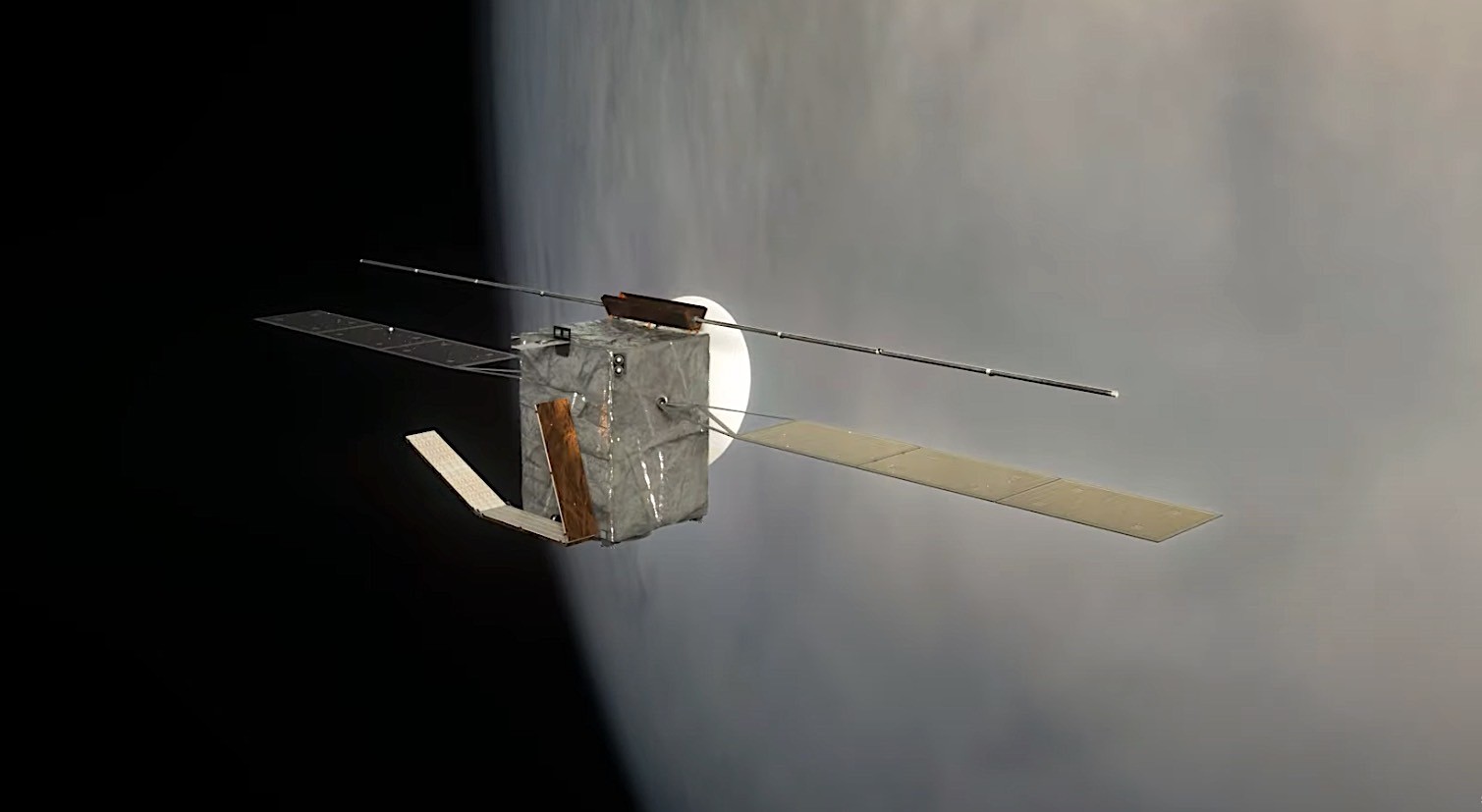Buckle up for a surprising choice in humanity’s first deep-space hip-hop transmission. Instead of a widely anticipated classic, NASA opted for Missy Elliott’s energetic “The Rain (Supa Dupa Fly)” and beamed it across the cosmos using their Deep Space Network (DSN).
Think of DSN as NASA’s high-tech intercom system, allowing them to communicate with the many spacecraft they’ve sprinkled throughout our solar system. It’s not a random network – strategically placed antenna complexes in Goldstone, California, Madrid, Spain, and Canberra, Australia, ensure near-uninterrupted views of the sky.
These aren’t your average radio towers though; DSN’s typical duties involve commanding spacecraft, tracking their movements, and making sure everything’s running smoothly. But it seems this network has adopted a new role as an ambassador of Earthly music, and “The Rain” isn’t even NASA’s first space serenade.
In a genre-bending first, NASA beamed a hip-hop song toward Venus, a testament to the increasing intersection of space exploration and pop culture. The chosen artist, Missy Elliott, was a perfect fit her music videos are legendary for their futuristic themes and space imagery, mirroring NASA’s mission of celestial discovery.

On July 12th, the song started on a monumental 158-million-mile journey from a California antenna, traveling at the speed of light and taking a cool 14 minutes to reach its distant Venusian destination. While there’s currently no audience to appreciate the music, it serves as a unique precursor to a new era of Venusian exploration.
Upcoming missions like DAVINCI and VERITAS promise to reveal the secrets this scorching neighbor holds close. DAVINCI, the Deep Atmosphere Venus Investigation of Noble gases, Chemistry, and Imaging probe, aims to take an unprecedented look at Venus’s composition from near its cloud tops down to the surface.
This mission will provide crucial details about the origin and evolution of Venus. VERITAS, the Venus Emissivity, Radio Science, InSAR, Topography, and Spectroscopy orbiter, will launch a few years later to reveal how the paths of Venus and Earth diverged so dramatically.
Understanding how Venus lost its potential for habitability could shed light on the delicate balance required for life to flourish on a planet. These missions, coupled with this artistic outreach, mark a significant step forward in the quest to understand Venus and its place in our solar system. It’s a future filled with both scientific discovery and, perhaps someday, the sounds of a funky beat echoing across the Venusian plains.

